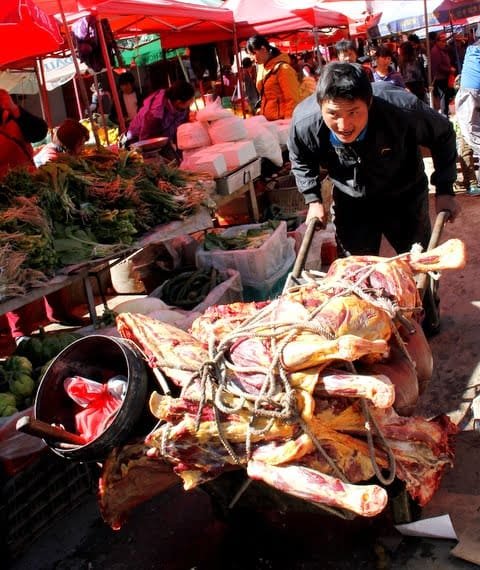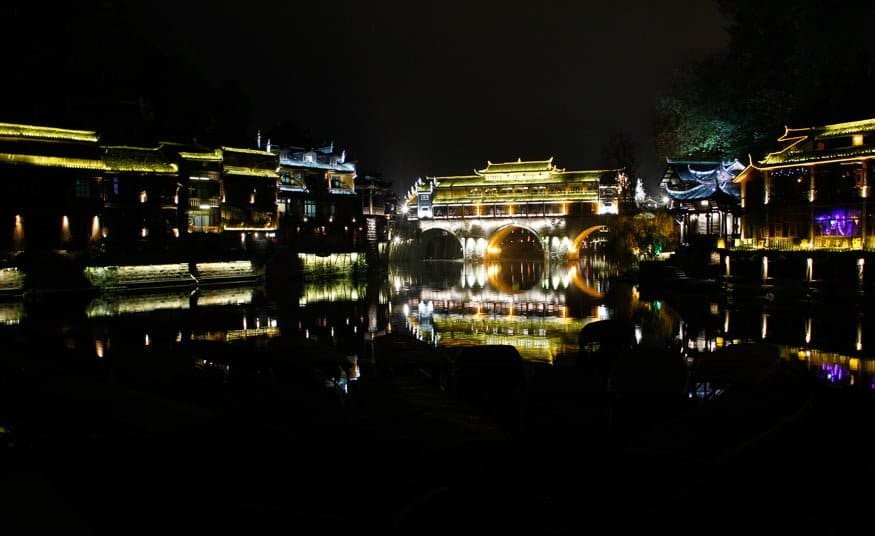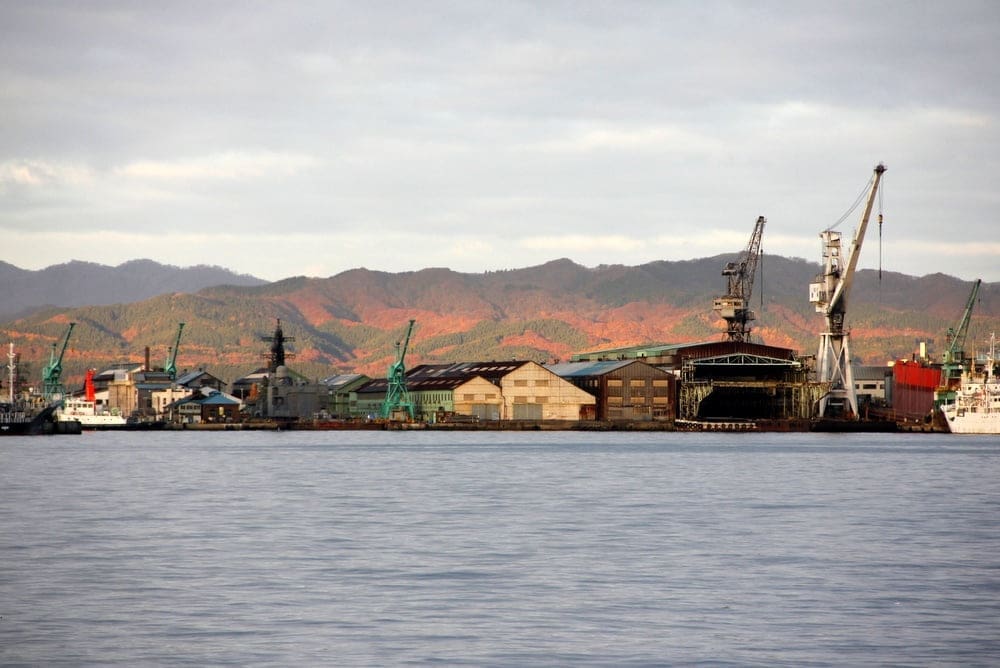
Japan!!! A place near and dear to our hearts for so many reasons. My parents lived here in the 1970s and loved it so much that they brought my sister and me here to look at schools and houses during our elementary-school years. For Mike, having so many Hawaiian friends in college prompted him to take Japanese lessons and live on steamed rice and furikake through his twenties. And now with much anticipation, the HoneyTrek has finally brought us to the Land of the Rising Sun. The northernmost island of Hokkaido is not a typical first stop but my childhood friend Martin has taken up residence here and catching up with him and his lovely Japanese girlfriend Mio was the best way to orient ourselves in this near-mythical land.
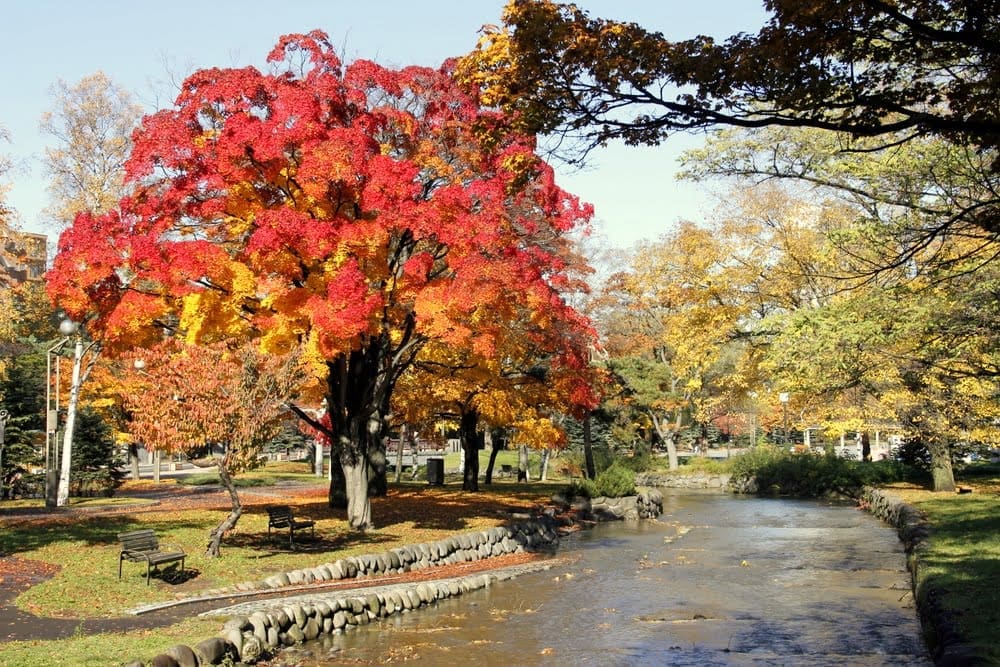
Fall foliage in our neighboring Sapporo park.
Fall is one of the most incredible times to be in Japan and over our 30 days here we chased it from its earliest days in the north to its last days in the south. In the park right by Martin and Mio’s central Sapporo apartment, the maples were just starting to turn electric red.
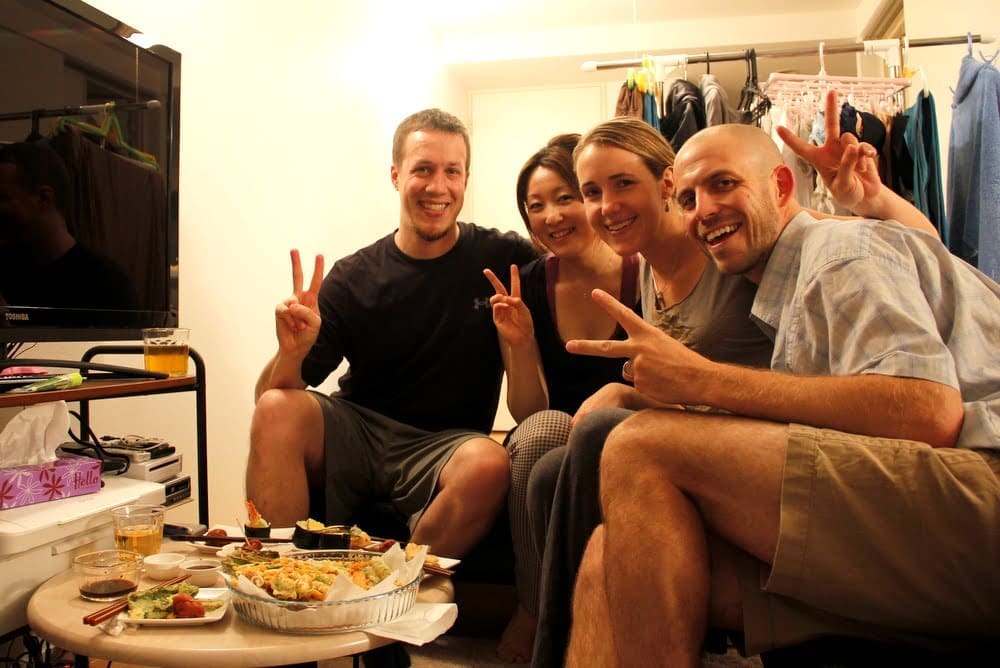
A homemade feast of tempura, sushi, and plum wine at Martin & Mio’s Sapporo pad
Even living in a tiny (read: big by Japanese standards) apartment, Martin and Mio were the most gracious hosts as we camped in their living room for four days. They gave us tips on must-see spots on the island, navigating the cryptic bus system, which Sapporo beer to drink, and how to cook a traditional Japanese meal.
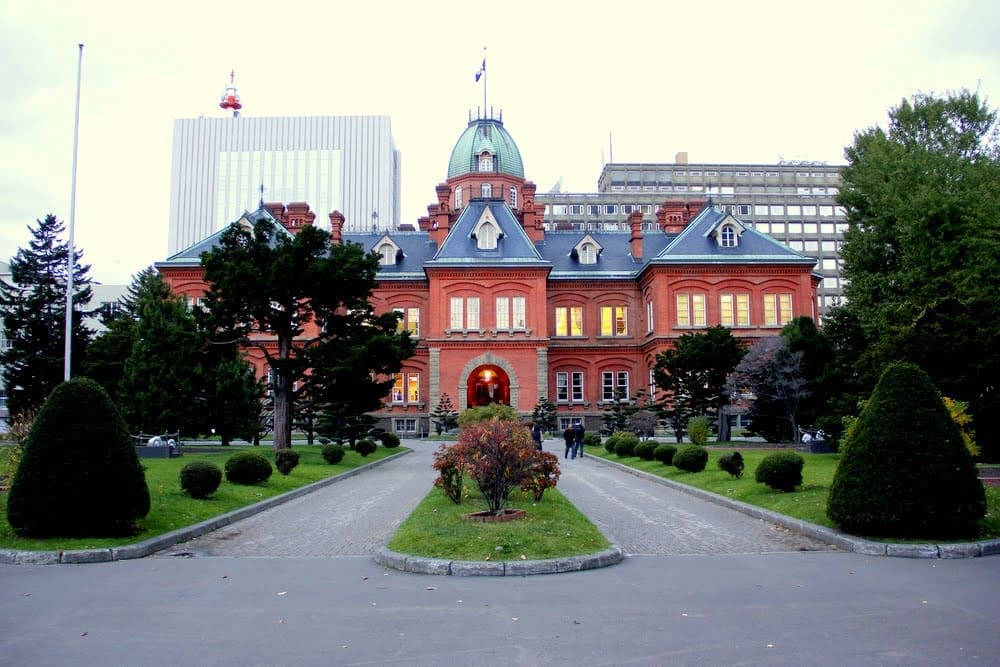
The old Sapporo government building turned museum.
Though Japan has been a country for over a thousand years, Hokkaido was only added in the 1800s. Inhabited by a small population of native Ainu, it was a wild place outside the law, order, and style of Honshu. To fast track it to civilization, the Japanese government actually brought in American agricultural and city planners to design the town. With old administration buildings like “Red Bricks,” Sapporo is a unique blend of New England and Nihon.
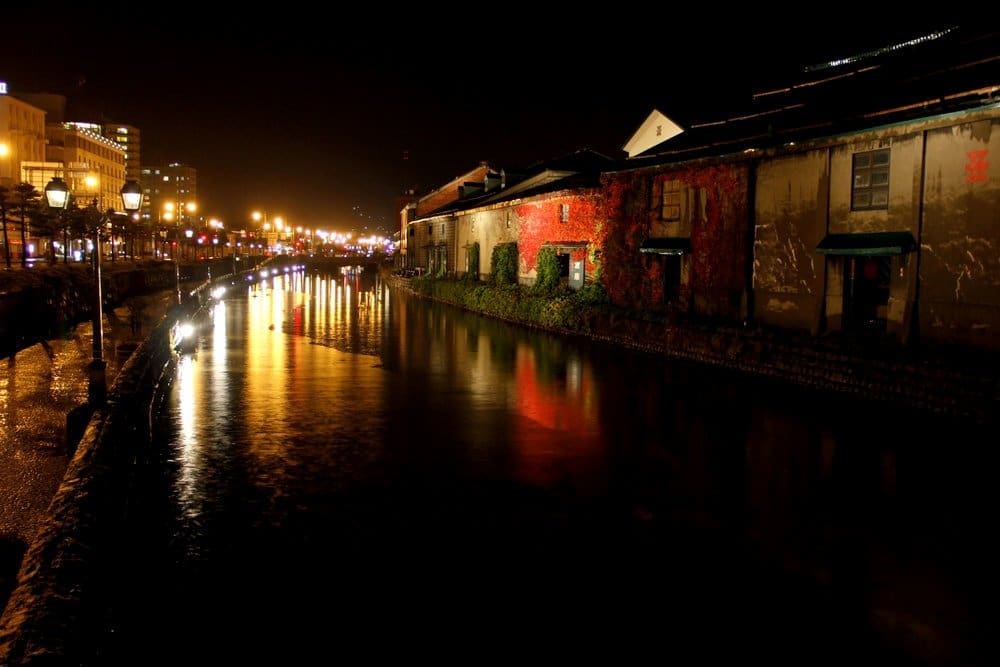
The canals of Otaru by night.
A short train ride from Sapporo is cute town of Otaru. A harbor town famous for a curious mix of glassblowing, music boxes, and German-style beer was a lovely place to spend a day.

Waruku Conveyor-Belt Sushi restaurant, Otaru.
From the pristine presentation to the wacky delivery methods, eating is half the adventure of travel in Japan. For example, this conveyor-belt sushi restaurant in Otaru. Waruku is a place where you don’t order by menu but instead by what’s the most delicious-looking fish gliding by. Each colored plate represents a different price point and to tally the bill a waitress simply points a color-reading scanner gun at the empty stack and prints the bill…totally brilliant and totally Japanese.

Our first experience with tatami-mat hotel rooms.
To get a taste of Hokkaido’s raw beauty, we went into the center of the island for an overnight in Daisetsuzan National Park. Made of volcanic mountains, waterfalls, and hot springs, the hub of Sounkyo is a popular summer and winter retreat but we happened to arrive in fall when virtually everything was closed. We roamed the town looking for any open and remotely affordable accommodation and inadvertently got our first taste of traditional Japanese inns. When the innkeeper showed us to this room with a table and a few floor cushions we assumed it was a waiting room—I mean a bedroom needs a bed, right? We waited for him to return for about twenty minutes before we thought to start looking in the closet for any sign of a mattress. Indeed futons, sheets, and pillows were all there waiting to be converted into a tatami-mat king…live and learn.
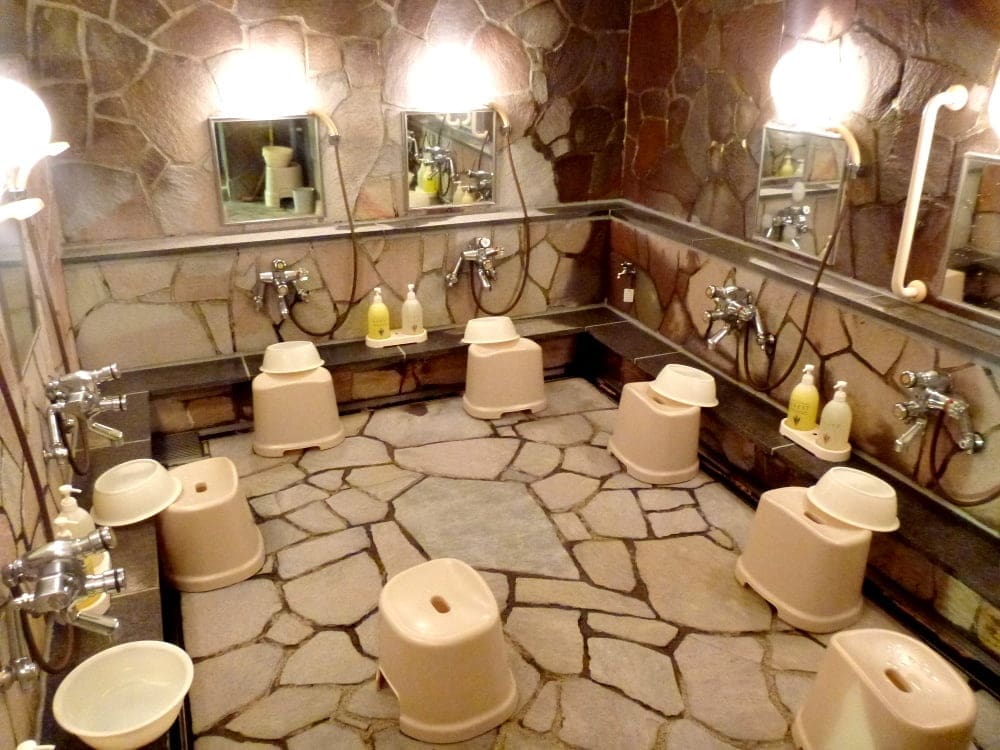
The slightly intimidating shower room at the Sounkyo village onsen.
Not knowing quiet what we were getting into (yet again), Mike and I decided to check out the onsen (hot spring bathouse) next to our hotel. I opened the door a bit nervous about what I would find and what I should do in a local Japanese bathhouse but thankfully it was a empty. Scrubbing down at the seated shower and strolling into the steamy pools was like a dress rehearsal (or undress rehearsal) for the inevitable Japanese ritual of skinny dipping with strangers….more on that later.
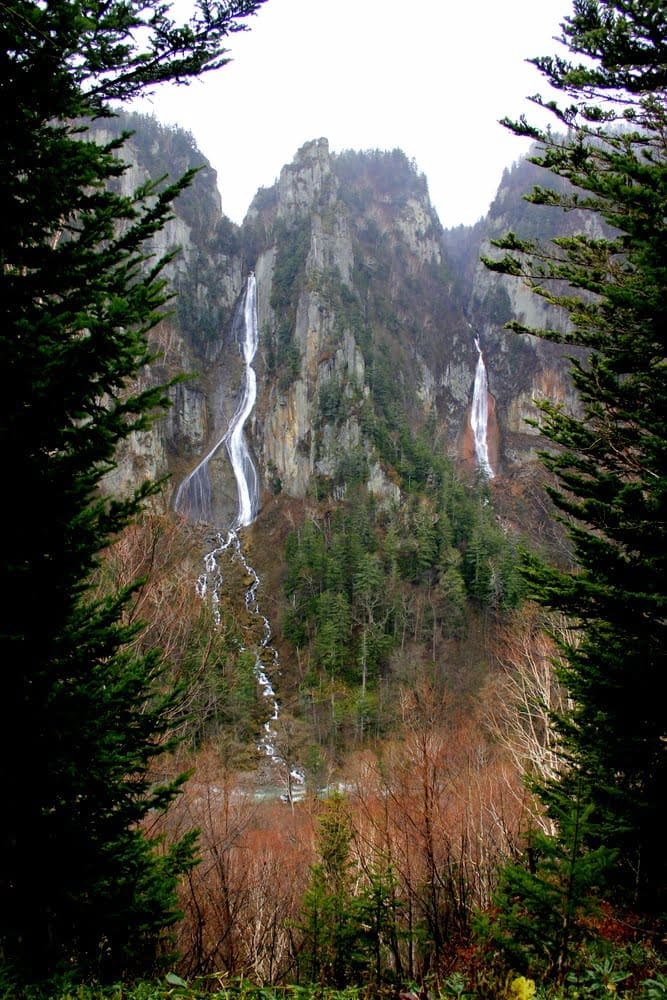
Ginga and Ryusei no Taki waterfalls falls at Daisetsuzan National Park.
Sounkyo is supposed to be fantastic for bike rides but with all the rental shops closed for the season we hitchhiked to the trailhead of the massive Ginga and Ryusei twin waterfalls. The cascade on the left had such a unique flow it seemed to unravel like ribbons.
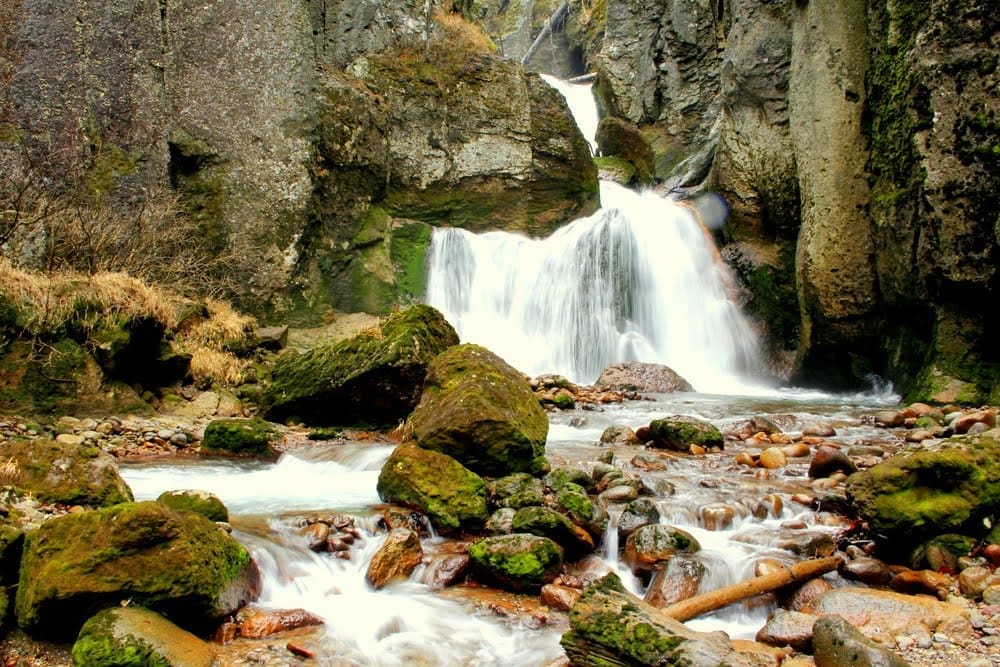
Gorgeous waterfall a short hike from the town of Sounkyo.
On the other end of Sounkyo off the road to Momijidani, we found a trail to these gorgeous falls. Ending a nature walk at a waterfall always brings a sense of an accomplishment but the forest of gold birch, mountain ash, stone pines, and moss growing everywhere in between was just as exquisite.
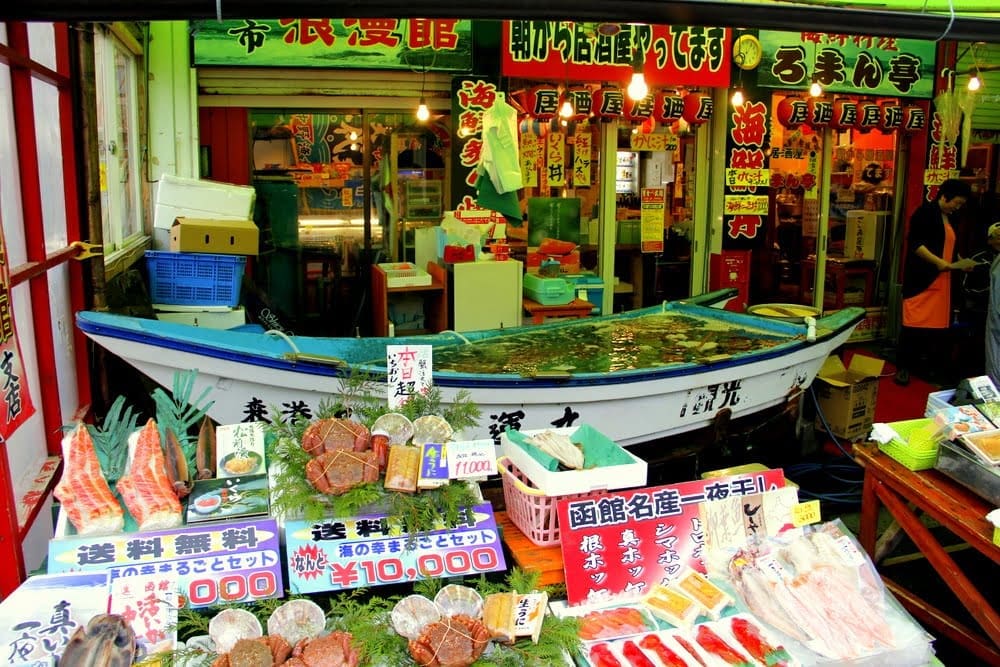
Fish shop at the Hakodate morning market.
Our week in the north island was coming to a close but to stretch it out we decided to visit the southernmost city of Hakodate before taking the boat across to Honshu. This port town is famous for its early morning fish market so we arrived at 5am to not miss an ounce of the action. Crabs crawling, squid squiggling, seaweed drying in the daybreak…this was the real deal. We had fresh salmon roe and rice for breakfast and would still take it over Corn Flakes any day.
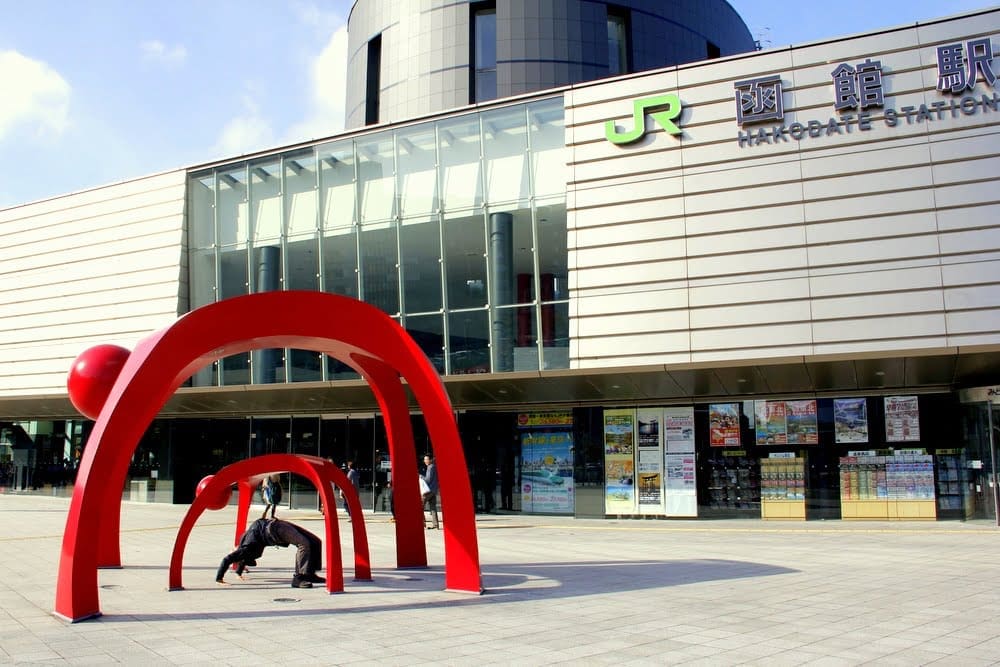
Mike becoming one with art at the Hakodate station.
Taking in Hokkaido’s mashup of cultures, charming cities, and expanses of untouched nature—especially with the help of good friends–made it the perfect foray into a month-long journey through Nihon.
